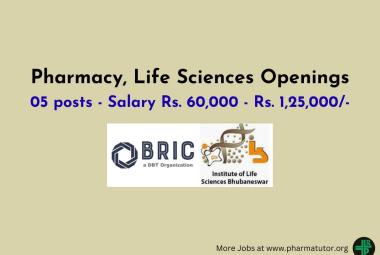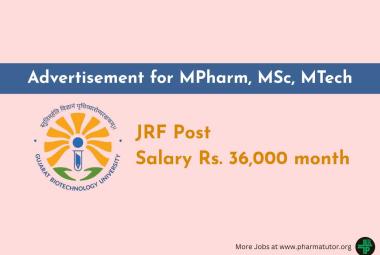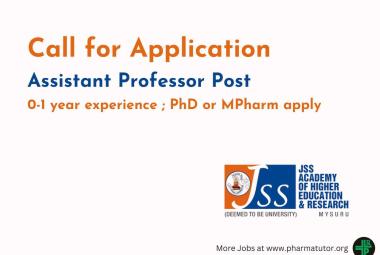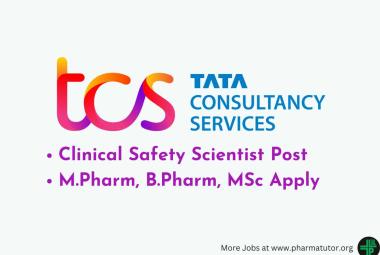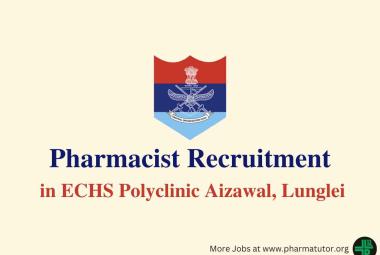ABOUT AUTHORS
PANDIYA HARSHADA*, RATHORE KS
Department of Pharmaceutics, B.N. College of Pharmacy, BN University, Udaipur- 313001
ABSTRACT
Olmesartan medoxomil (OM) is a new angiotensin II receptor antagonist agent. Olmesartan medoxomil is a prodrug, which, after ingestion, liberates the only active metabolite, olmesartan. Simple and sensitive method has been developed for determination of olmesartan medoxomil in both pure and pharmaceutical formulation. This method obeys Beer’s law in the concentration range of 15-55 µg/ml, exhibiting maximum absorption at 258.10 nm. In this method no interference from the common pharmaceutical excipients was observed. The developed and validated method was applied for the determination of olmesartan medoxomil in pharmaceutical dosage forms.
Reference Id: PHARMATUTOR-ART-2682
INTRODUCTION
Olmesartan belongs to a class of drugs called angiotensin receptor blockers (ARBs). Olmesartan is used to treat high blood pressure (hypertension). (Unger T et al., 2004). Lowering high blood pressure helps prevent strokes, heart attacks, and kidney problems. It works by relaxing blood vessels so that blood can flow more easily. (Koike H et al., 2003).
Chemically, olmesartan medoxomil is (5-methyl-2-oxo-2H-1, 3-dioxol-4-yl) methyl 4-(2-hydroxypropan-2-yl)-2-propyl-1-({4-[2-(2H-1, 2, 3, 4-tetrazol-5-yl) phenyl] phenyl} methyl)-1H-imidazole-5-carboxylate. The empirical formula is C29H30N6O6 and its molecular weight is 558.585 g/mol. Olmesartan medoxomil is a prodrug, which, after ingestion, liberates the only active metabolite, olmesartan. (Mire DE et al., 2005). Literature survey reveals that no visible and UV methods have been reported for estimation of olmesartan medoxomil. (Verma PK and Kamboj VK, 2013). An attempt has been made to develop an accurate and reliable UV spectrophotometric method for the estimation of olmesartan medoxomil in pure as well as in pharmaceutical dosage forms. (Patel J et al., 2011).

Fig.1: Structure of Olmesartan Medoxomil
Chemicals and reagents
Materials and Methods
Olmesartan medoxomil (OM) was kindly supplied by Lupin Limited (Aurangabad). All chemicals and reagents were analytical grade, methanol and acetonitrile (Merck, India). A Thermospectronic UV1, UV-Vis double beam spectrophotometer was used for all absorbance measurements. Literature suggests that olmesartan medoxomil has very poor water solubility. (Braggio S et al., 1988). Different kinds of solvents were tried to find the optimum conditions to perform the method. Since OM is sparingly soluble in water at room temperature, organic solvents such as sodium lauryl sulphate (SLS), methanol (MeOH) and acetonitrile (ACN) were used to dissolve OM. When MeOH was used, OM could not preserve its stability at room temperature although prevented from daylight. The solubility study conducted revealed that olmesartan medoxomil has appreciable solubility in 0.1% sodium lauryl sulphate.
Accurately weighed 100 mg of olmesartan medoxomil was dissolved in 100 ml solution of 0.1% sodium laural sulphate, to obtain a working standard of 1000 µg/ml. 100µg/ml solution was made by taking 10 ml from the above solution and make up the volume with distilled water upto 100 ml, this was 100 µg/ml. All the further dilutions ranging from 15-55 µg/ml were made by dilution with distilled water. Aliquots of solution ranging from 15-55 ml. were transferred into a series of volumetric flasks and the volume was made up to 10 ml with distilled water. The individual samples were scanned from 200-300nm, the maximum absorbance (λmax) was observed at 258 nm.
RESULTS AND DISCUSSION

Fig.2: λmax determination of olmesartan medoxomil
Thus the absorbance was measured as 258 nm against a blank reagent that is 0.1%SLS solution. The Beer’s law limit, Sandall’s sensitivity, molar extinction coefficient, percent relative standard deviation, regression equation, correlation coefficient were calculated and shown in the Table-1. (Celebier M and Altinoz S, 2007).
Table-1: Optical Characteristics of the Proposed Method

The results of analysis of pharmaceutical formulation of olmesartan medoxomil are presented in Table-2. An accurately weighed tablet powder of olmesartan medoxomil equivalent to 100 mg of pure drug was dissolved in 100 ml methanol. This solution was filtered using Whatmann filter paper No. 41 and further diluted with 0.1% sodium lauryl sulphate to obtain the concentration of 50 µg/ml. Recovery studies were carried out to established the validity and reproducibility of the developed method. Known amount of pure drug was added to the previously analyzed tablet sample and mixtures were analyzed tablet sample and mixtures were analyzed by the proposed method. (Ermer J and Ploss HJ 2005).
Table-2 : Estimation of Olmesartan Medoxomil in Pharmaceutical Formulation

CONCLUSION
The proposed method is simple, accurate and sensitive. Recovery studies revealed that the method is reproducible. It was observed that determination of olmesartan medoxomil was not interfered by the presence of excipients. Thus the present method could be used for determination of olmesartan medoxomil both bulk and pharmaceutical formulation. The developed and validated method was applied for the determination of olmesartan medoxomil in pharmaceutical dosage forms.
REFERENCES
1. Braggio S, Barnaby RJ, Grossi P, Cugola MA (1996); A strategy for validation of bioanalytical methods; J Pharm Biomed Anal ; 14(4); 375-88
2. Celebier M, Altinoz S. (2007); Determination of olmesartan medoxomil in tablets by UV-Vis spectrophotometry; Pharmazie; 62(6); 419-22.
3. Ermer J, Ploss HJ (2005); Validation in pharmaceutical analysis, part II: central importance of precision to establish acceptance criteria and for verifying and improving the quality of analytical data; J Pharm Biomed Anal; 37(5); 859–870.
4. Fabre H, Altria KD (2001); Validating CE methods for pharmaceutical analysis; LC-GC 14; 302–310.
5. Green JM (1996); A practical guide to analytical method validation. Analhem 68; 305A–309A.
6. ICH Topic Q2A (1995); Validation of analytical procedures: methodology, CPMP/ICH/281/95.
7. Koike H, Konse T, Sada T, Ikeda T, Hyogo A, Hinman D, Saito H, Yanagisawa H (2003); Olmesartan medoxomil, a novel potent angiotensin II blocker; Ann Rep Sankyo Res Lab 55; 1–91.
8. Mire DE, Silfani TN, Pugsley MK (2005); A review of the structural and functional features of olmesartan medoxomil, an angiotensin receptor blocker; J Cardiovasc Pharmacol; 46(5); 585–593.
9. Patel J, Kavin G, Patel A, Raval M and Seth N (2011); Development of the UV spectrophotometric method of Olmesartan medoxomil in bulk drug and pharmaceutical formulation and stress degradation studies; Pharmaceutical Methods; 2(1); 36-41.
10. Unger T, McInnes GT, Neutel JM, Bohm M (2004); The Role of olmesartan medoxomil in the management of hypertension; Drugs; 64(24); 2731–2739.
11. Verma PK and Kamboj VK (2013); HPTLC method for estimation of olmesartan medoxomil in tablet formulation with stability studies;Pak. J. Pharm. Sci; 26(1); 209-215.
NOW YOU CAN ALSO PUBLISH YOUR ARTICLE ONLINE.
SUBMIT YOUR ARTICLE/PROJECT AT editor-in-chief@pharmatutor.org
Subscribe to Pharmatutor Alerts by Email
FIND OUT MORE ARTICLES AT OUR DATABASE



